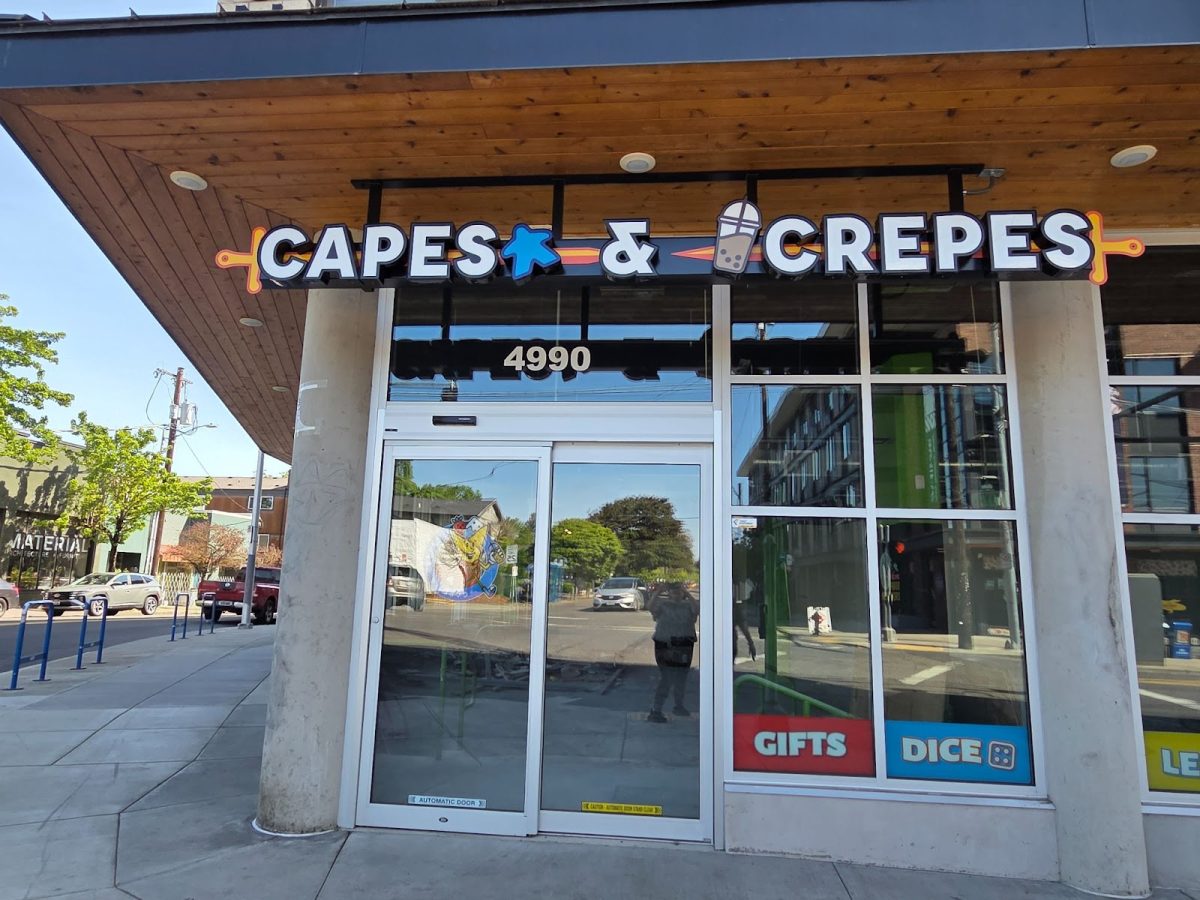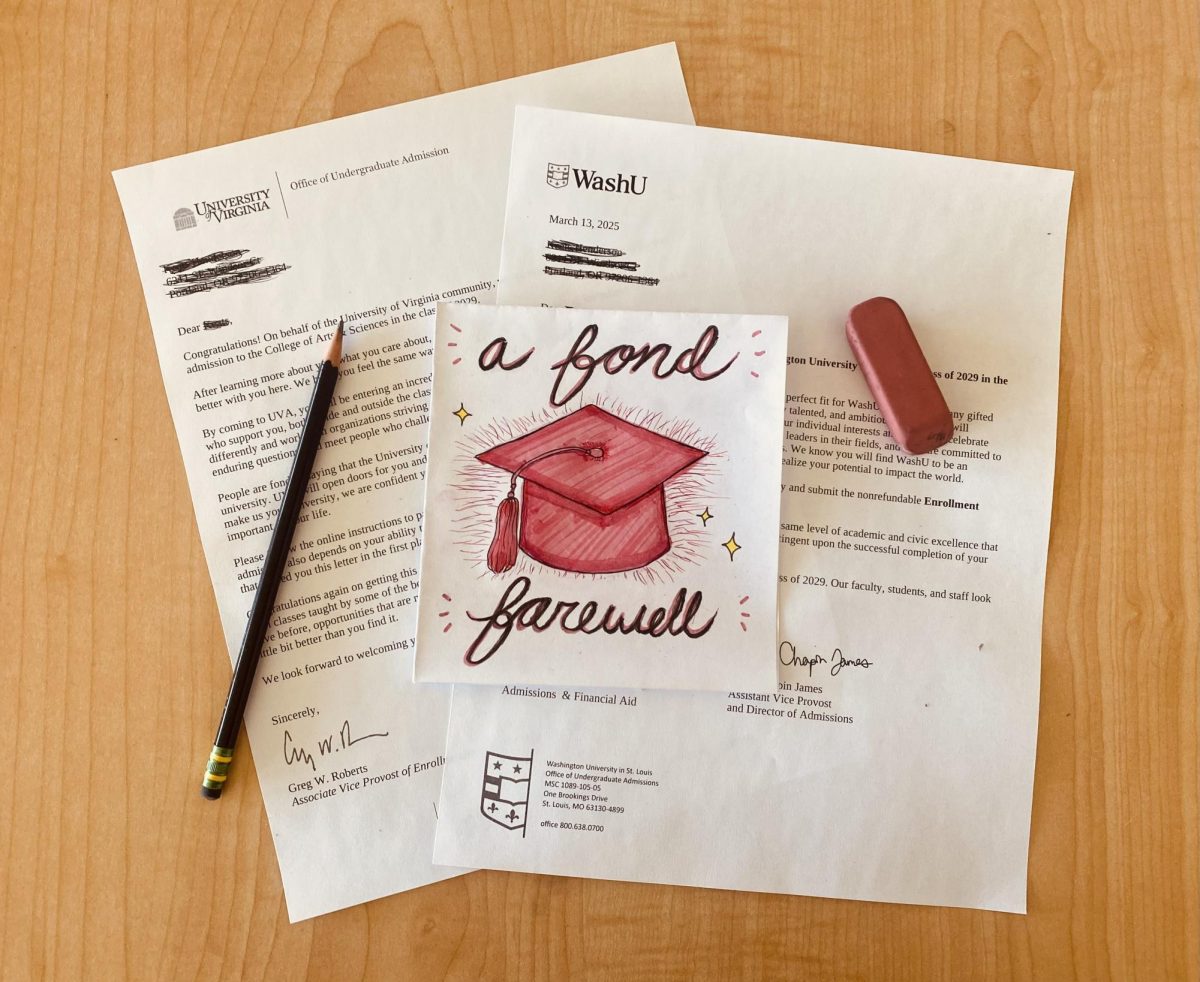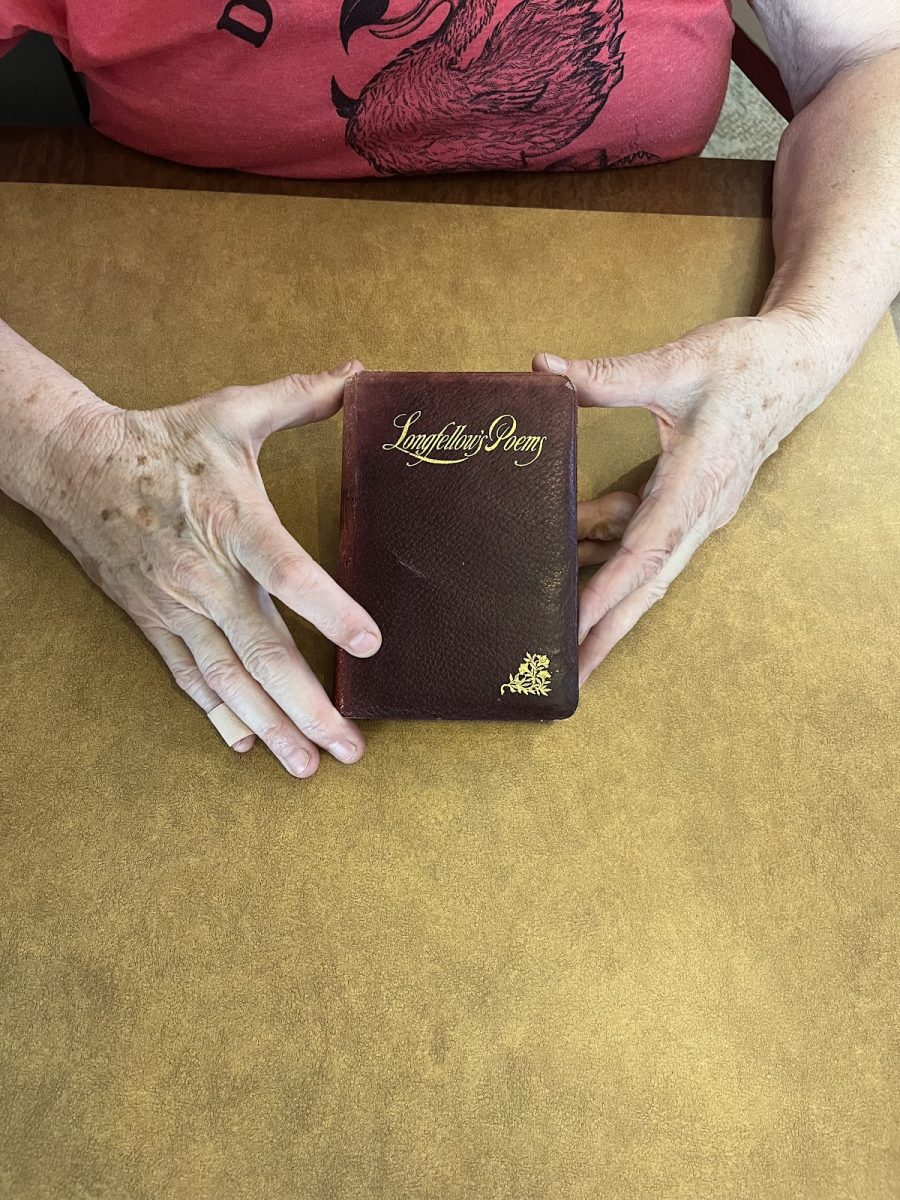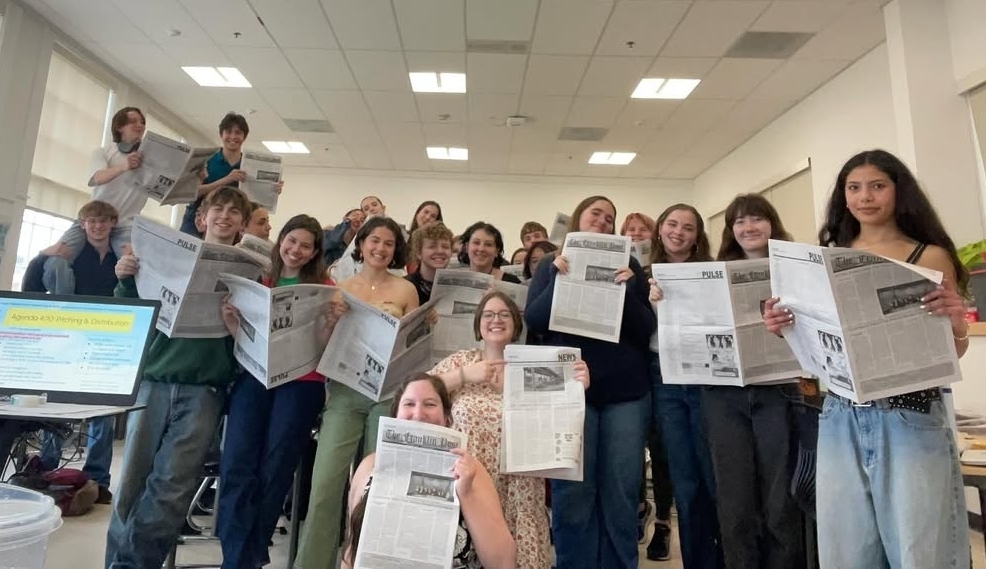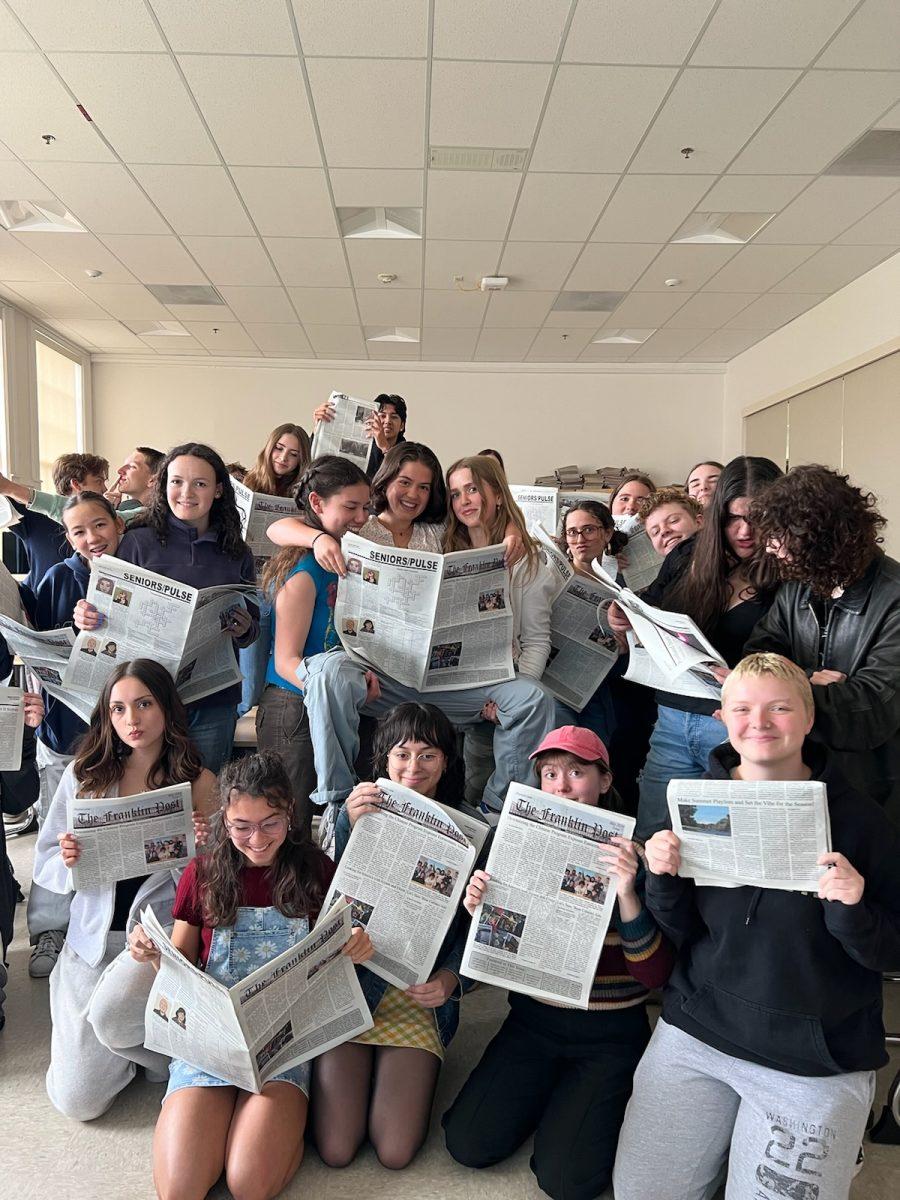
Caption: A representation of an online art museum. Virtual museum tours offer a solution to people missing cultural experiences during the pandemic.
With the COVID-19 pandemic sweeping across the world during the spring, people everywhere were suddenly left without access to any artistic attractions, including concerts, libraries, and museums. However, the situation isn’t hopeless. Since the start of the pandemic, I’ve heard people praise virtual museum tours, and for eight months I’ve resolved to try them. The time is finally here. I spent a week combing through articles on the best virtual museum tours, and I made my selections. I picked museums from almost every continent, but this is still just a fraction of the available tours.
I started my world museum tour at the Rijksmuseum in Amsterdam, which features a lot of famous Dutch art. I found that I was familiar with some paintings, like The Milkmaid by Johannes Vermeer, but others were completely new to me. There was a good mix of paintings and historical artifacts, and I really enjoyed the room of pottery and glass I found on the first floor. The museum was easy to navigate, but I couldn’t enter every room, which brought me out of the experience. This was a Google Street View tour, and in true Street View fashion, I couldn’t read any of the labels or information cards accompanying the art. Nevertheless, the fascinating architecture and detailed paintings made this virtual tour worth any inconveniences.
After that, I paid a visit to the Museu de Arte de São Paulo in Brazil. The display in this museum was striking. Instead of hanging on walls around the perimeter of the room, paintings were displayed on huge sheets of glass throughout. A sign on the wall informed me that the open floor plan was designed to allow people to choose their own paths through the museum. It also helped me focus more on the art than architecture. There was a mix of styles and mediums, with a lot of paintings and a few sculptures. The labels were on the backs of the sheets of glass, but even though I can read some Portuguese, I couldn’t understand them. Since all the art I could see in this museum was in one room, it was a little overwhelming at first, but it was super interesting to “walk” through the room and see so many famous paintings.
My next stop was the J. Paul Getty Museum in Los Angeles. Right away, I could tell I could easily spend a long time here if I had the opportunity to go in real life. The online format of the tours on this list doesn’t really lend itself to exploring for hours, but it’s still fun to look around without crowds. This museum was a little hard for me to navigate, and I couldn’t read the details about every single painting, but some large paragraphs on the walls were easy to read. The art at this museum was from a lot of different time periods with different styles. Some of the exhibits included legible explanations of how art was made in the past, and the online Street View format worked well in the rooms full of lavish French decorative art.
The British Museum in London had a different format than the others. Instead of simulating walking around the museum, this tour was a timeline with a multitude of dots. The dots were divided by time period and region of the earth. Clicking on one brought up information about different objects, which included a few background paragraphs, a photo, an audio presentation, and recommendations for related objects. The audio made this the most accessible tour I investigated, and it was incredibly simple to navigate. The only drawback was not being able to see all sides of the object or the architecture of the museum, but it was worth it to be able to read the information.
Following this was the National Museum of Modern Art in Tokyo. Based on the name of the museum, I was expecting to see just very contemporary (sorry, I’m not an art historian) art, but I was pleasantly surprised to see a wide variety. The oldest piece I saw and read about was from 1917. Although some paragraphs were too blurry to read, all the information was written in Japanese and English, which made it much easier for me to understand. Some areas of the museum were roped off, but there was still plenty to see and it was easy to navigate. I left this tour wishing I could visit in real life someday.
The next tour I tried was the National Museum of Ethiopia in Addis Ababa. I was unable to find a walkthrough tour like most of the other tours on my list, but it was still interesting. This tour included a list and explanation of some of the museum’s features with photos of the exhibits. For me, the highlight was Lucy the Australopithecus afarensis, the oldest hominid skeleton ever found. There was a limited selection of pieces, but they were all interesting and informative, and the website was easy to navigate. This tour was less time consuming than the others, so I would recommend it for a quick break from work during the day.
My last stop was the Guggenheim Museum in New York City. This museum offered six floors to explore, more than any of the other tours. I thought the architecture was interesting, so the Street View tour worked well because I could look all around, almost as if I was really there. Unfortunately, none of the information cards were clear enough to read, but it was interesting to see the art and come up with my own interpretations.
Throughout the week, I realized that virtual museum tours are the perfect way to explore museums from the comfort of your own home (and maybe even from your bed) without getting stuck in lines and crowds. Being there in real life would be preferable, but since international travel is practically impossible right now, these virtual tours are a great way to learn about art around the world.
